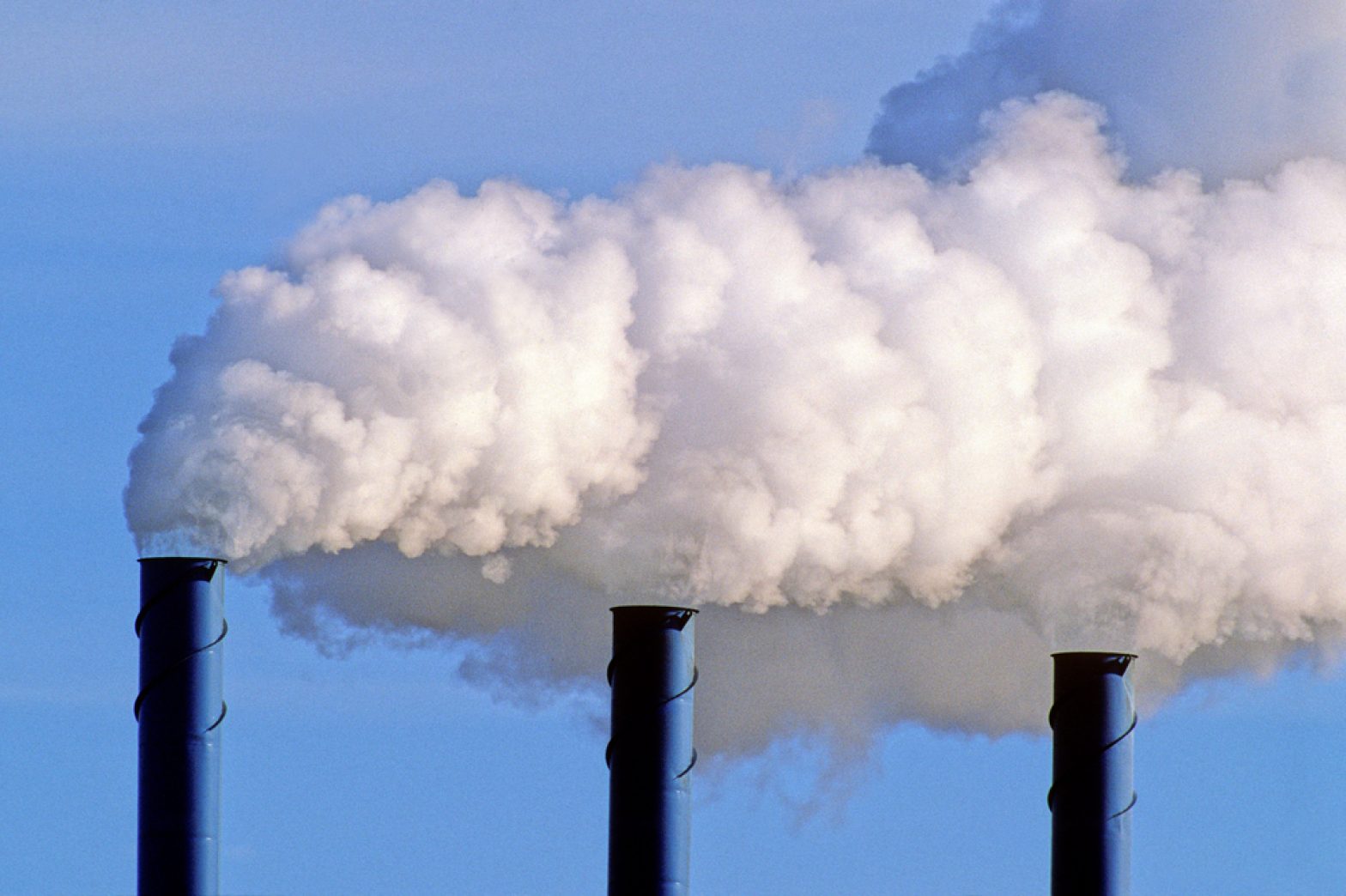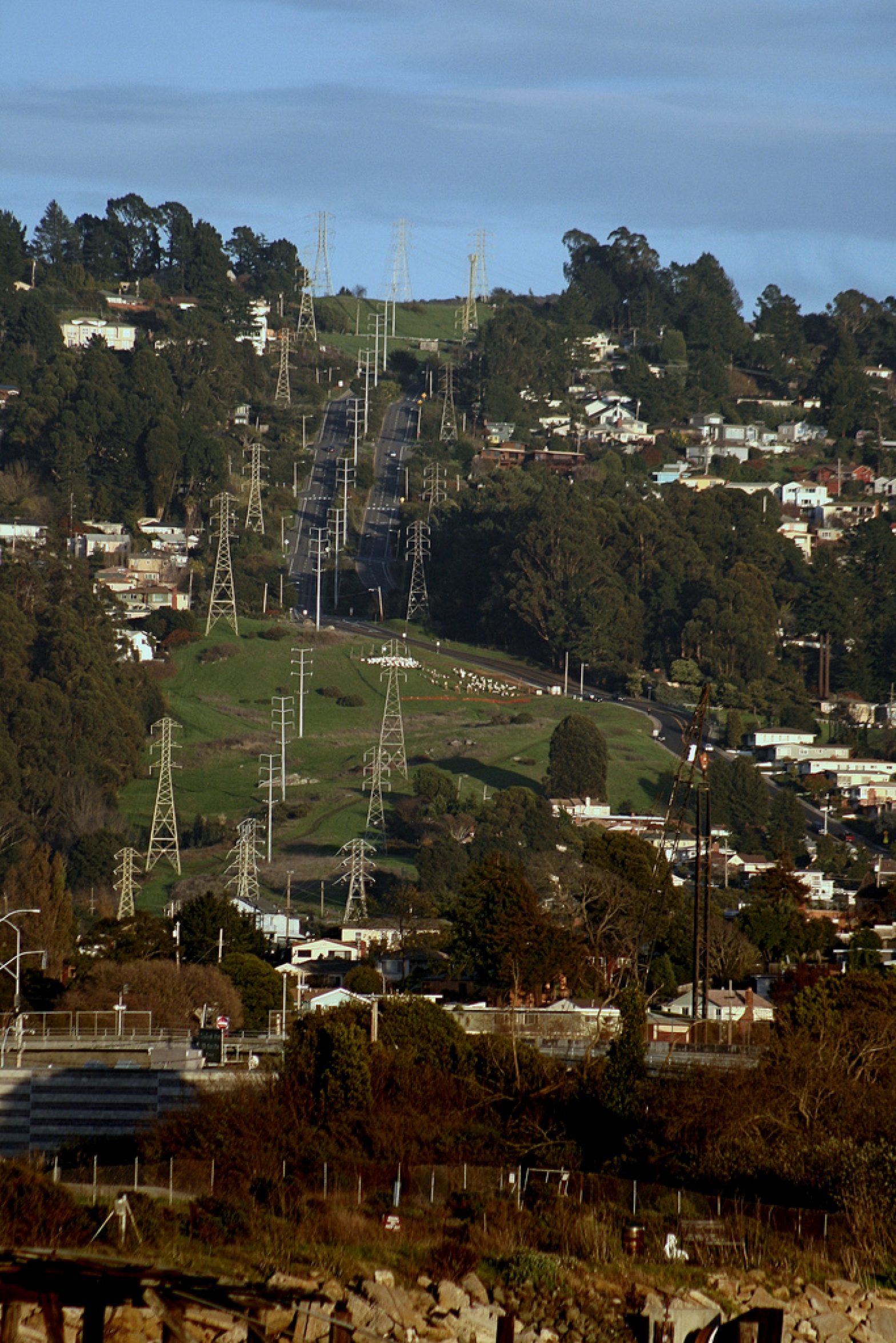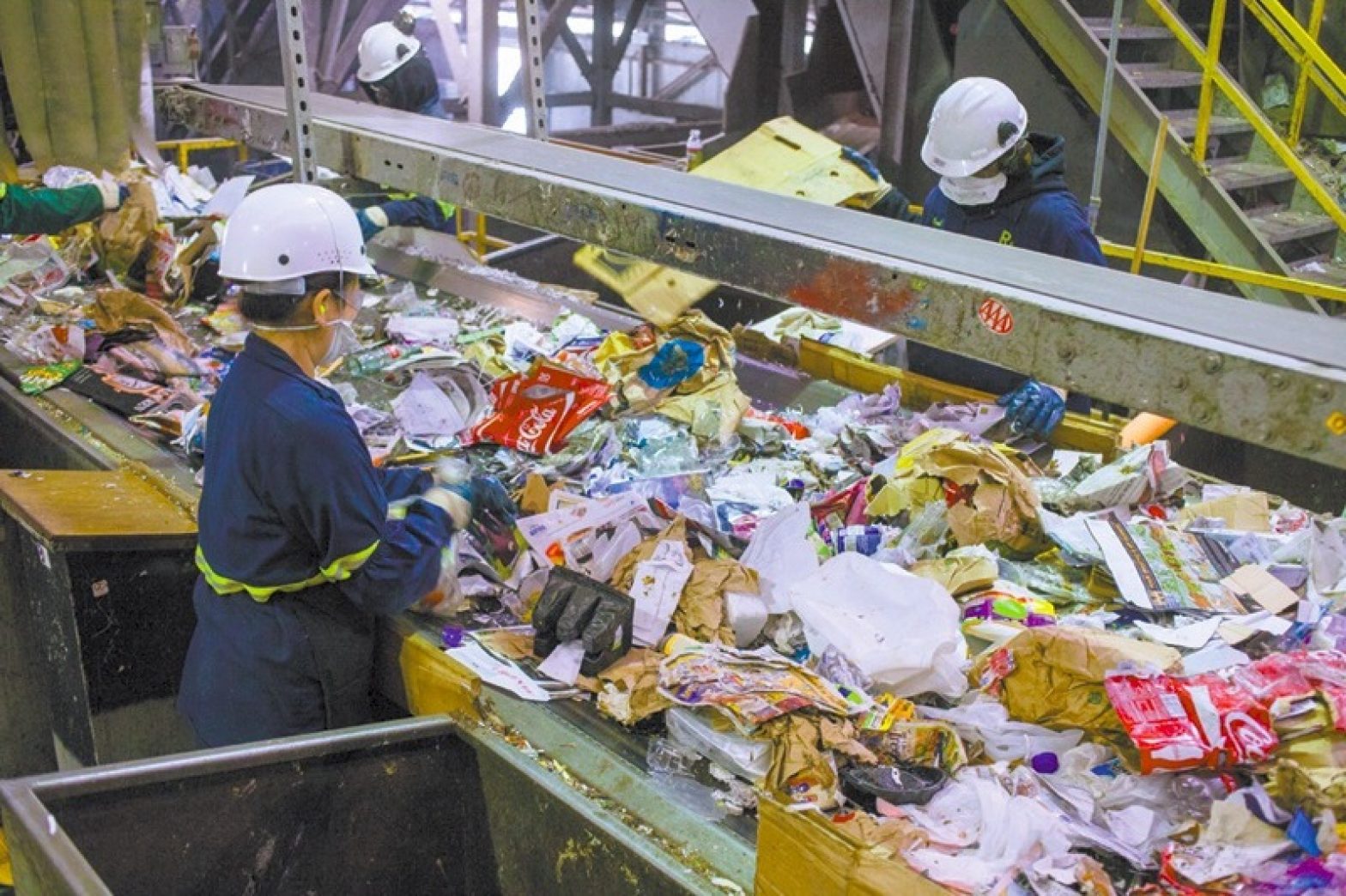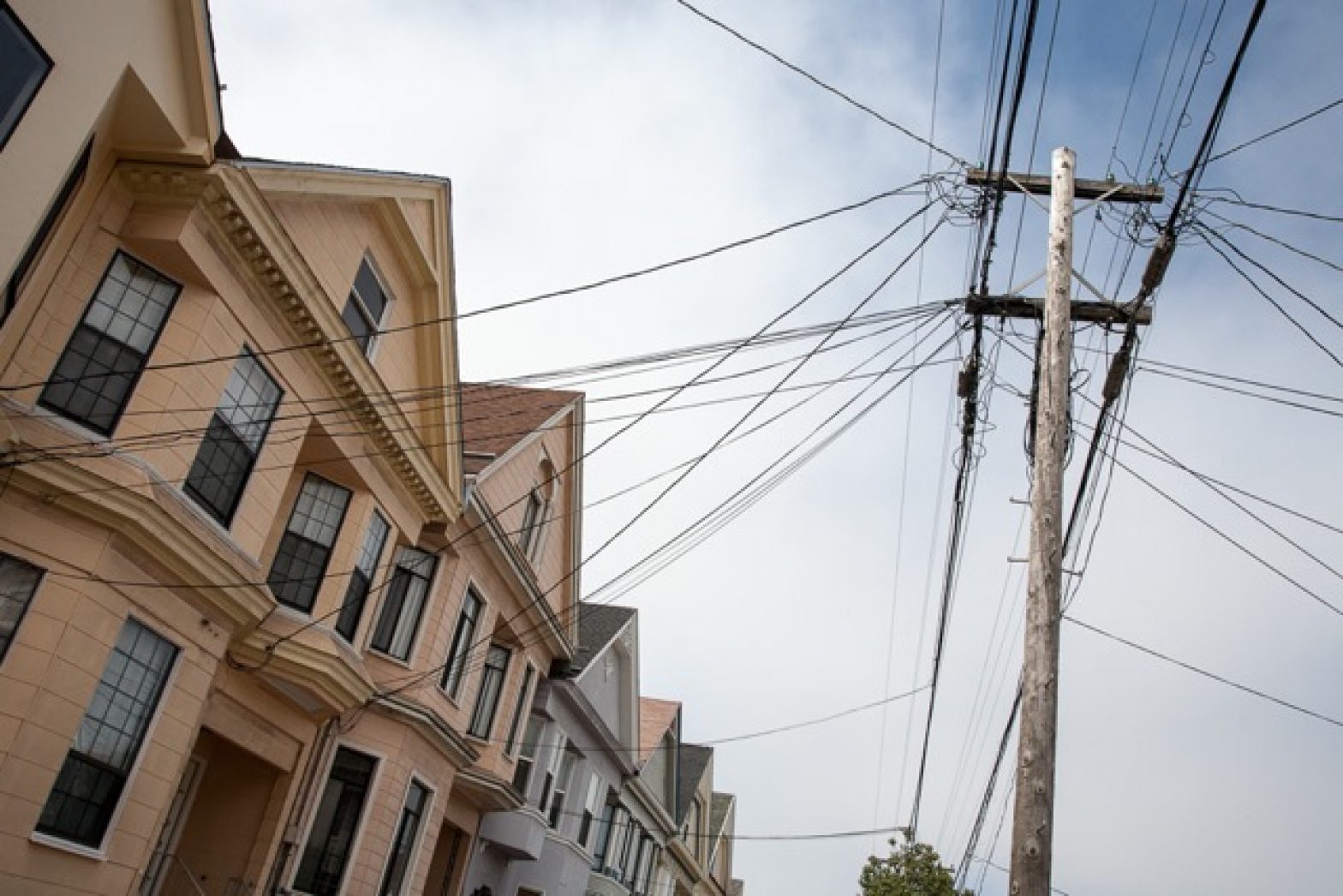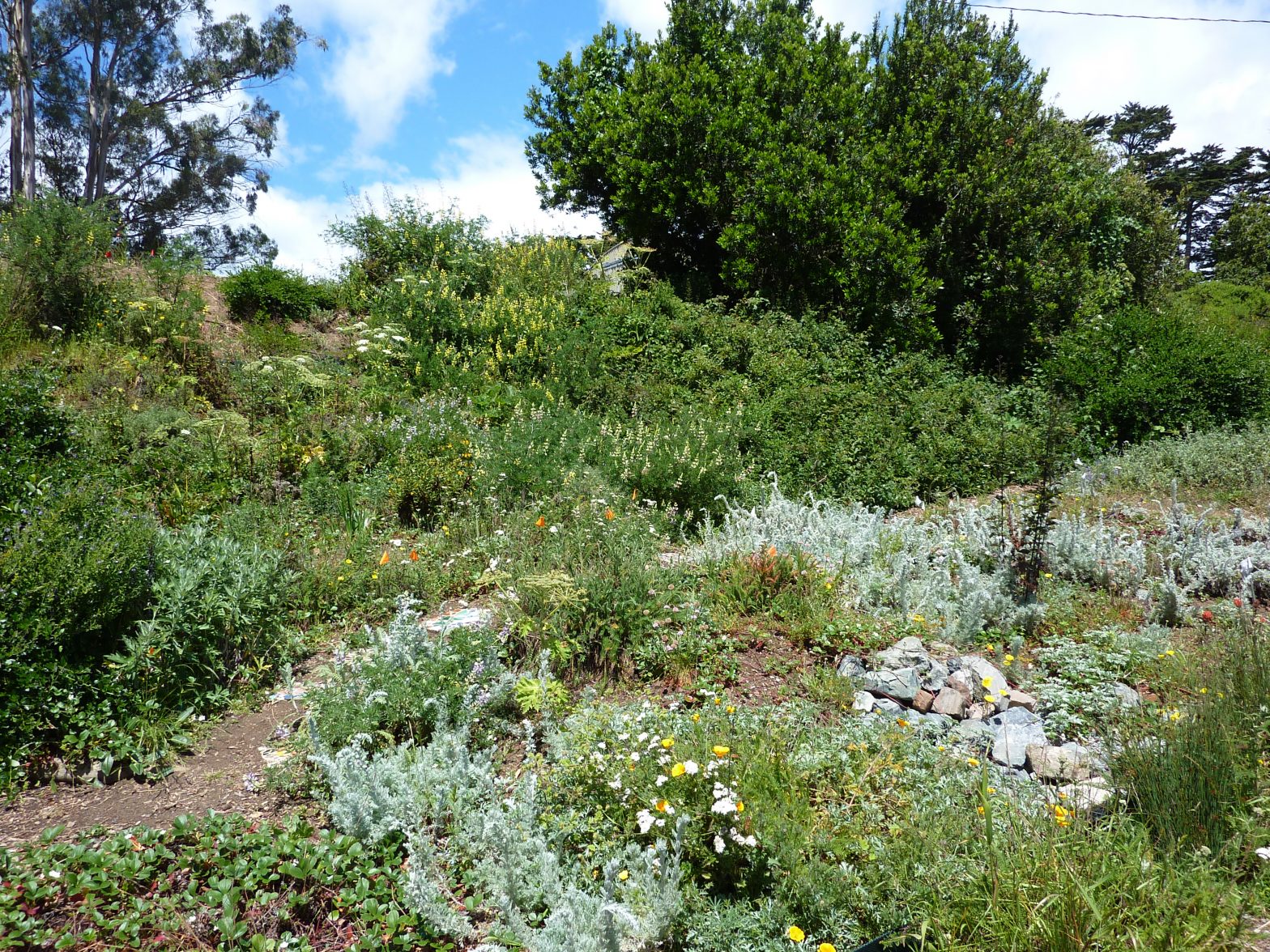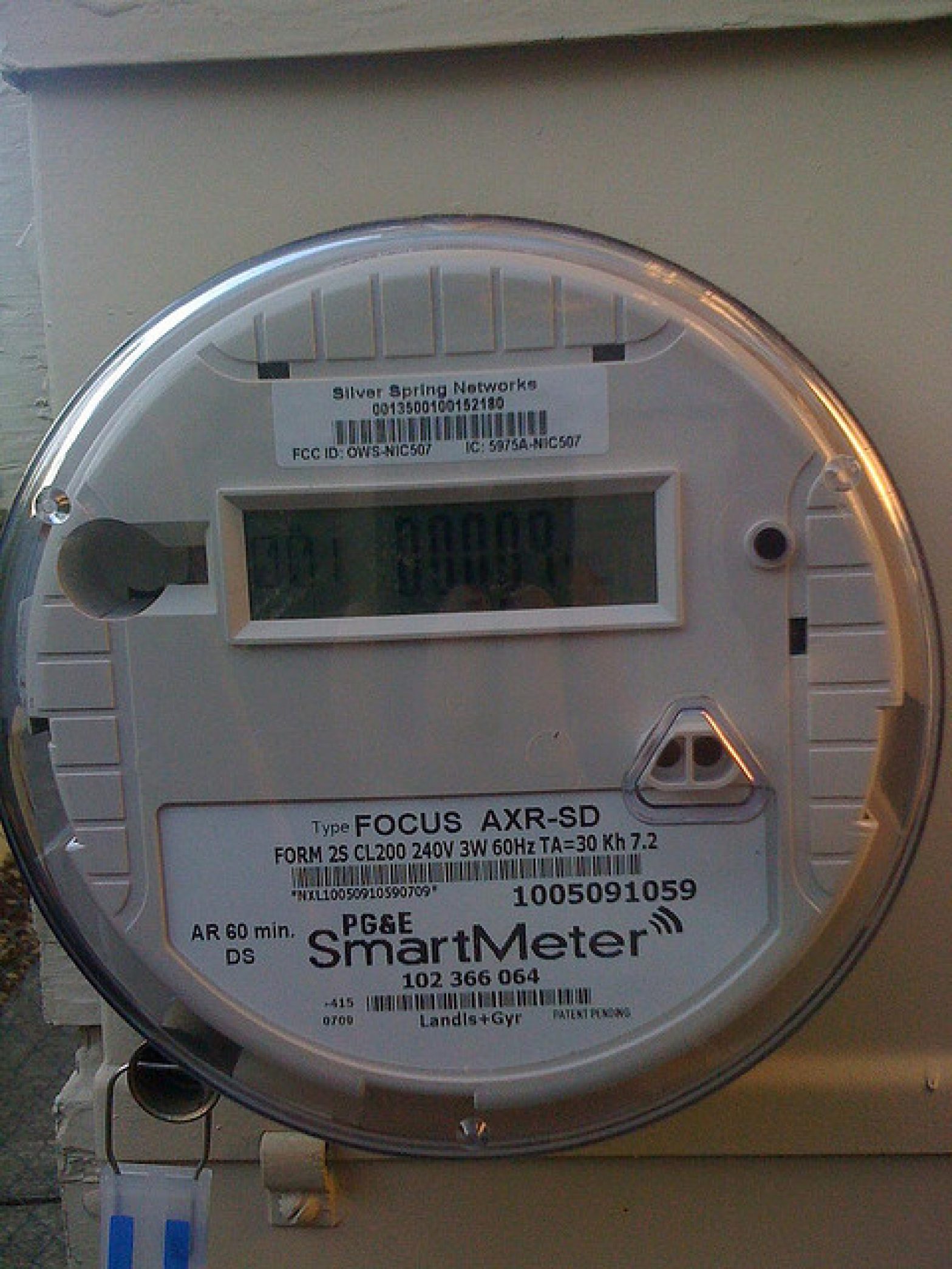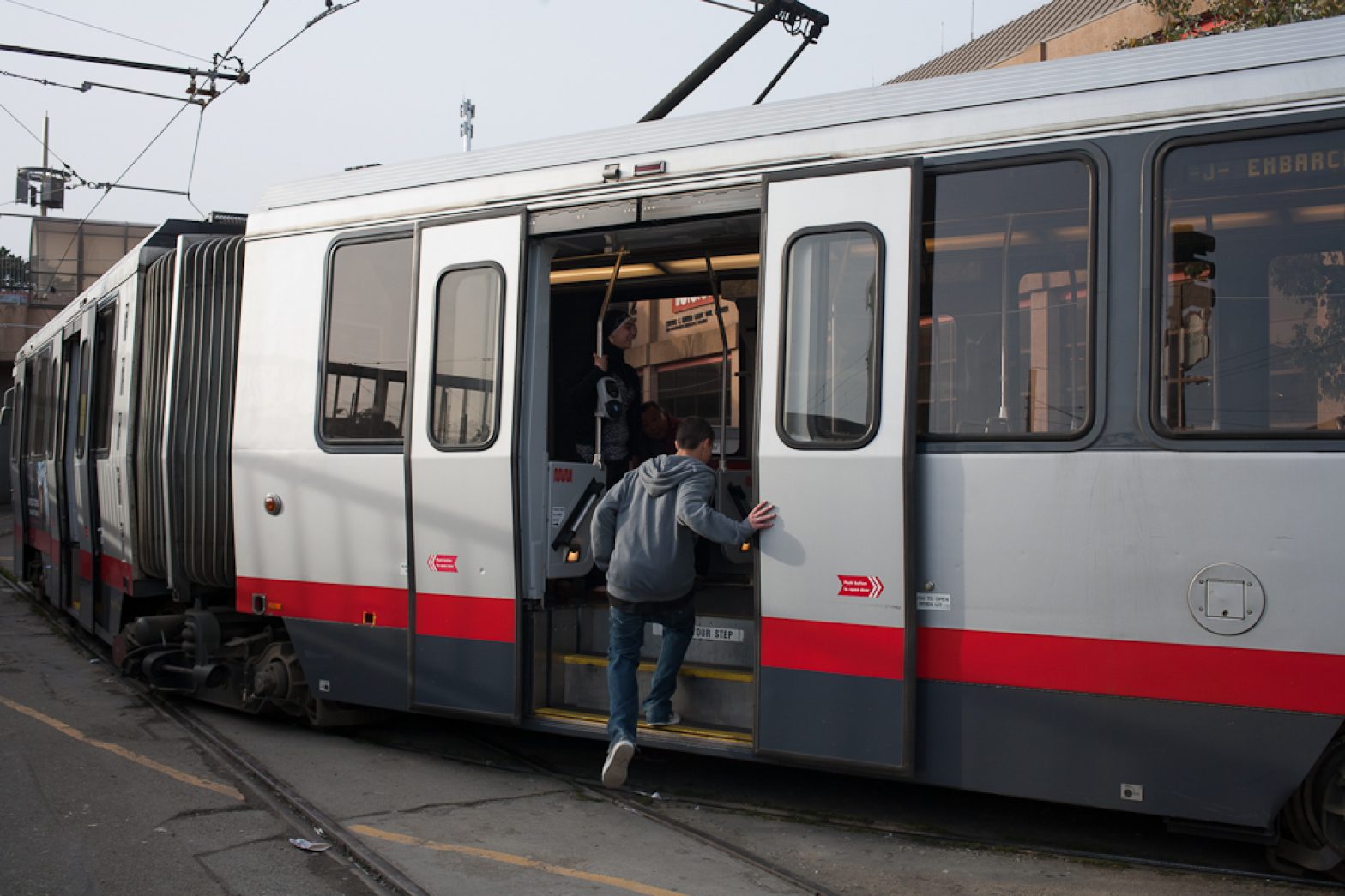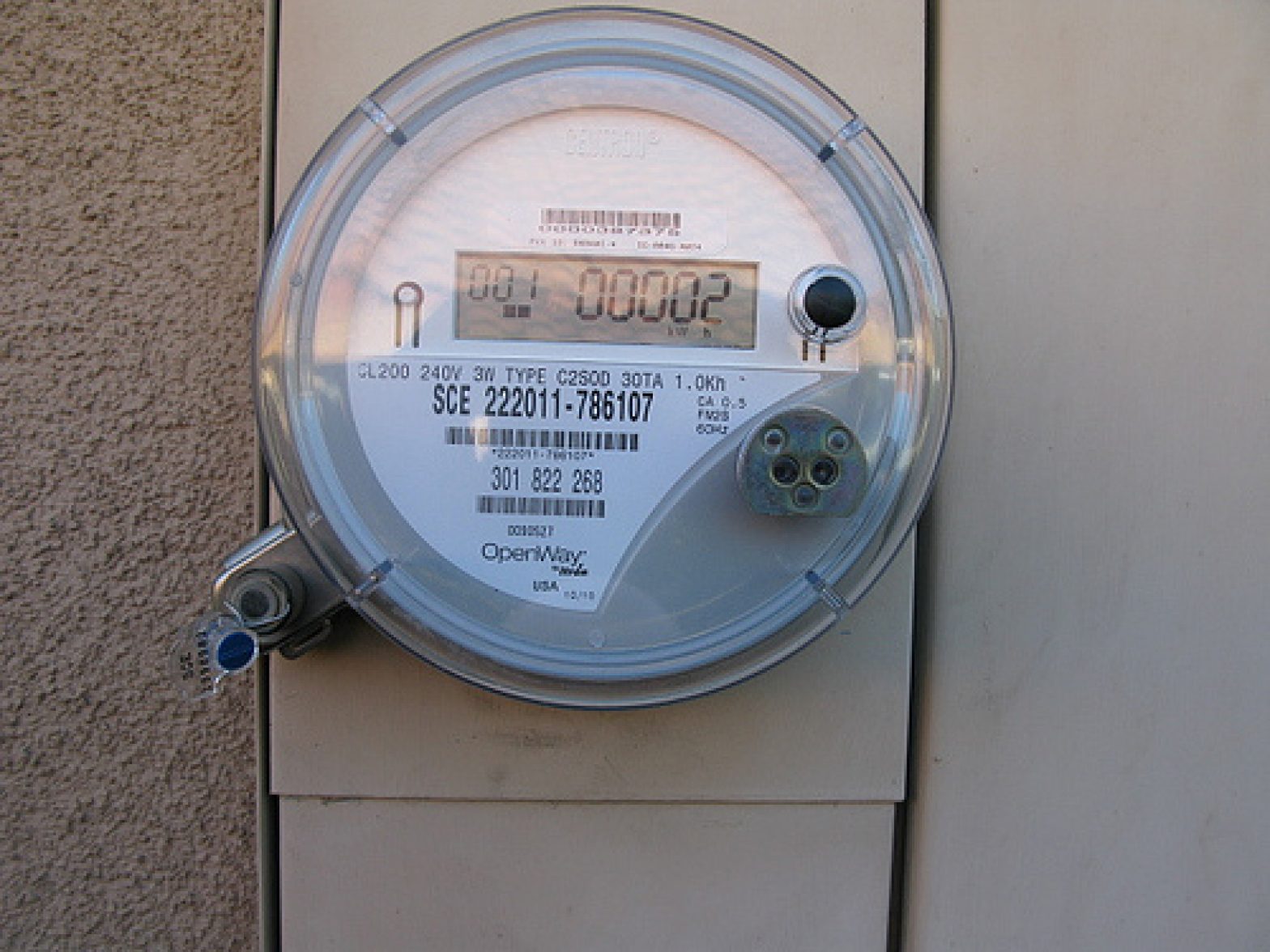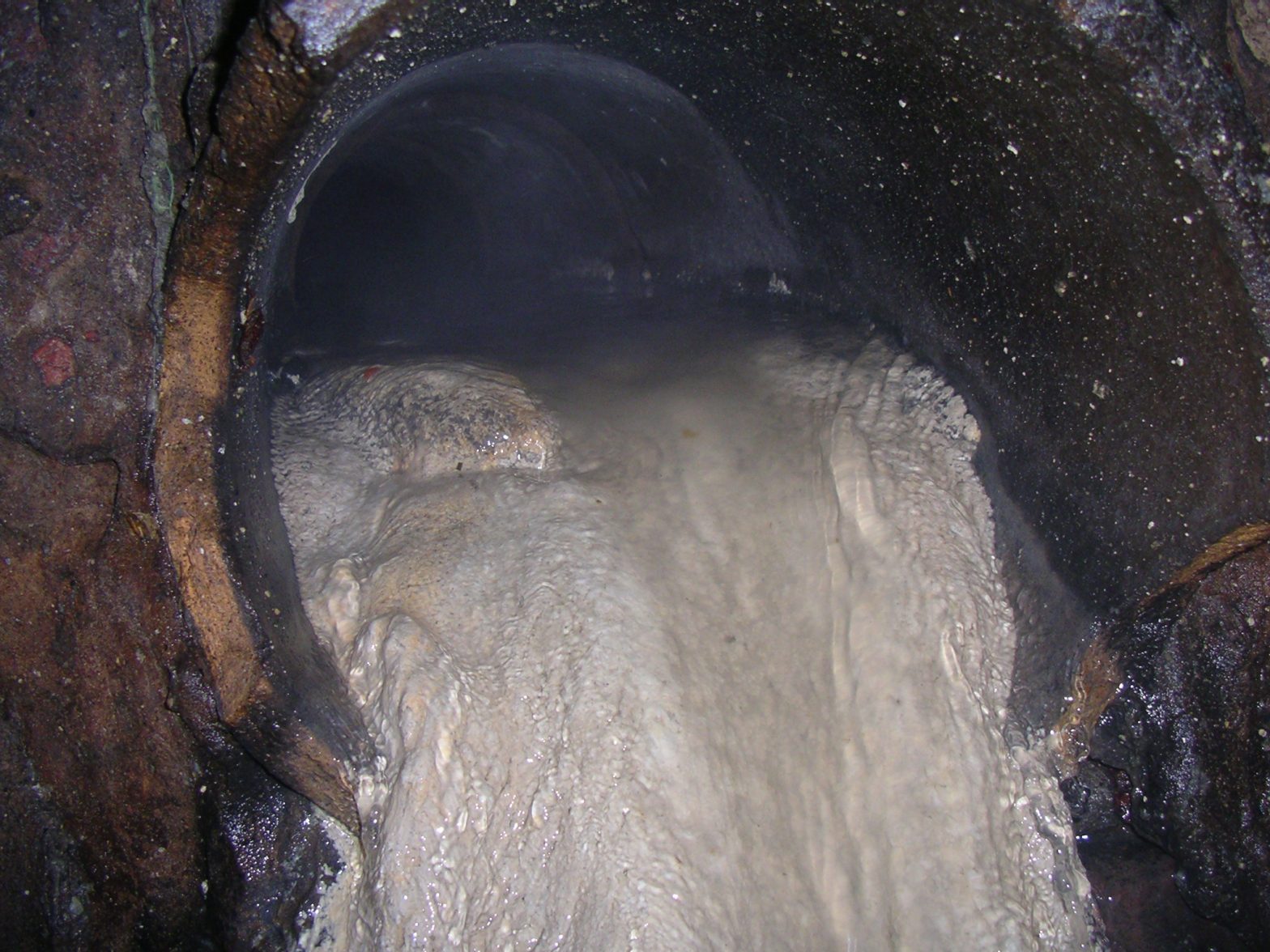Climate Change
Carbon Storage Could Aid Climate, but at What Cost?
While building a power plant in Southern California that buries carbon dioxide underground can help the industry meet California’s greenhouse gas and gas reduction goals, local concerns regarding health effects and air pollutants challenge the project’s environmental claims.
This story is part of a special report on climate change in the Summer print edition of the San Francisco Public Press.
